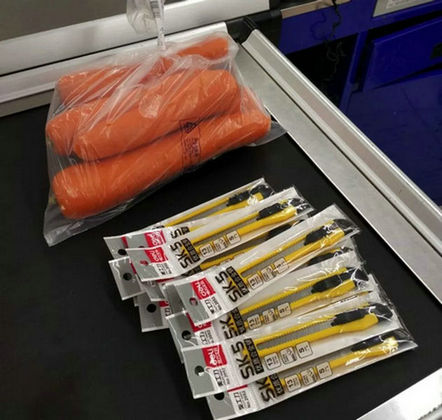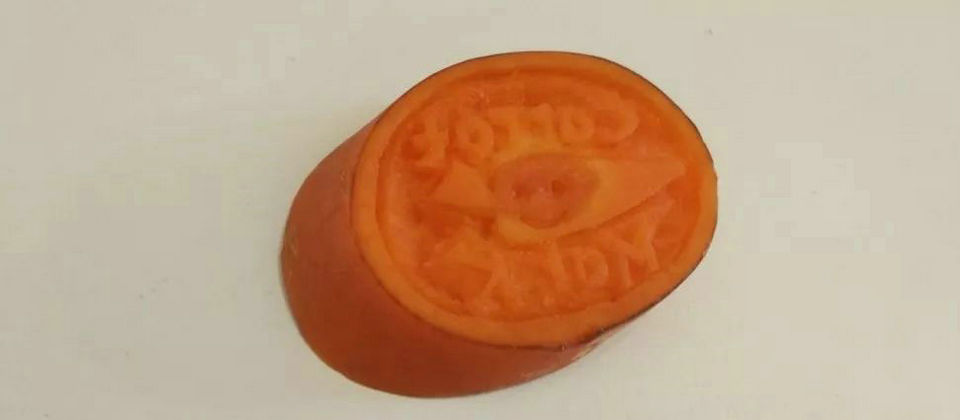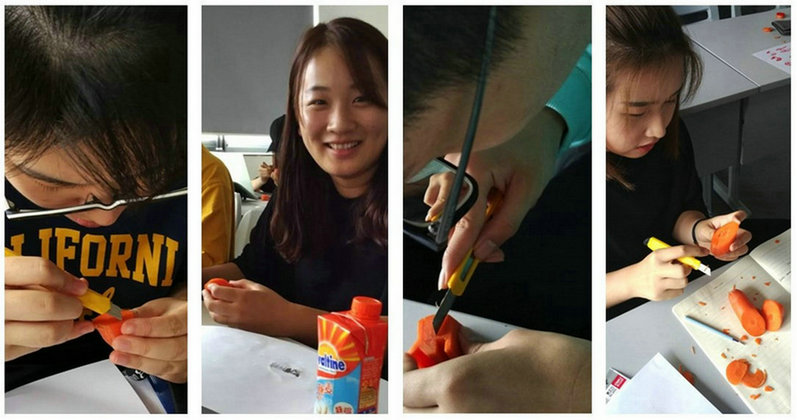






Reaching into the Roots of Branding
Would you be surprised if your teacher arrived in your classroom carrying a bag full of carrots?
That’s exactly what faced ISIB’s Brand Strategy Management students in the class of 'International Branding'. The bag also contained craft knives, red paint and white paper. So what was the task awaiting them?
Their job was to create seals / stamps by carving a flat section of the vegetable. Truly, this is branding in its rawest form!
The origins of the term‘branding’ include the creation of ‘stamps’ or ‘marks’ which were painted / burnt onto the side of cattle. The branding of cheeses or wooden barrels is often conducted the same way today. Such marks were difficult to copy, giving authority to the best producers.
Making such stamps/marks requires the creator to “think backwards”, making an image that will appear in reverse. It also requires craftsmanship skills: a steady hand, an eye for detail and great patience.
For the most professional results, a laser or a 3D printer would be helpful here. But the results this time did not actually need to be too clean and clinical.
That’s because students were creating markings for a regional speciality from their hometown. Their job was to brand a food / drink / product only available in their region / city. If the stamps appeared a little rustic or rural, that only added to their authenticity and personality.
The theme of the class was ‘regional markings’ and the protection afforded by national governments to local specialities like Champagne wine, Pâté De Foie Gras or Parmesan cheese. China is just beginning to create provincial markings for high quality products. Studio Baeriswyl worked on branding for the Zhejiang Made campaign last year. And, of course, there is the national time-honored brand program - last updated in 2006.
These student designs immortalized local products including apples, dumplings, spicy sauce and even a special kind of paper. With simple red paint on a white background, these brands exuded the pared-down design values of Studio Baeriswyl.
Some students achieved a remarkable level of detail from the humble carrot. Among their innovative techniques was a way of transferring a pen-drawn image onto the flat carrot’s face.
Having created their definitive design, each student explained why their regional speciality deserves and needs governmental protection. Such schemes, they acknowledged, can be very useful for promoting and preserving key national products. But they should not become so great in number that the customer is confused.








